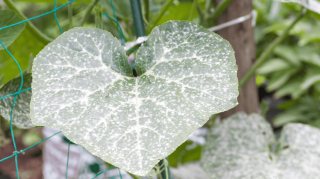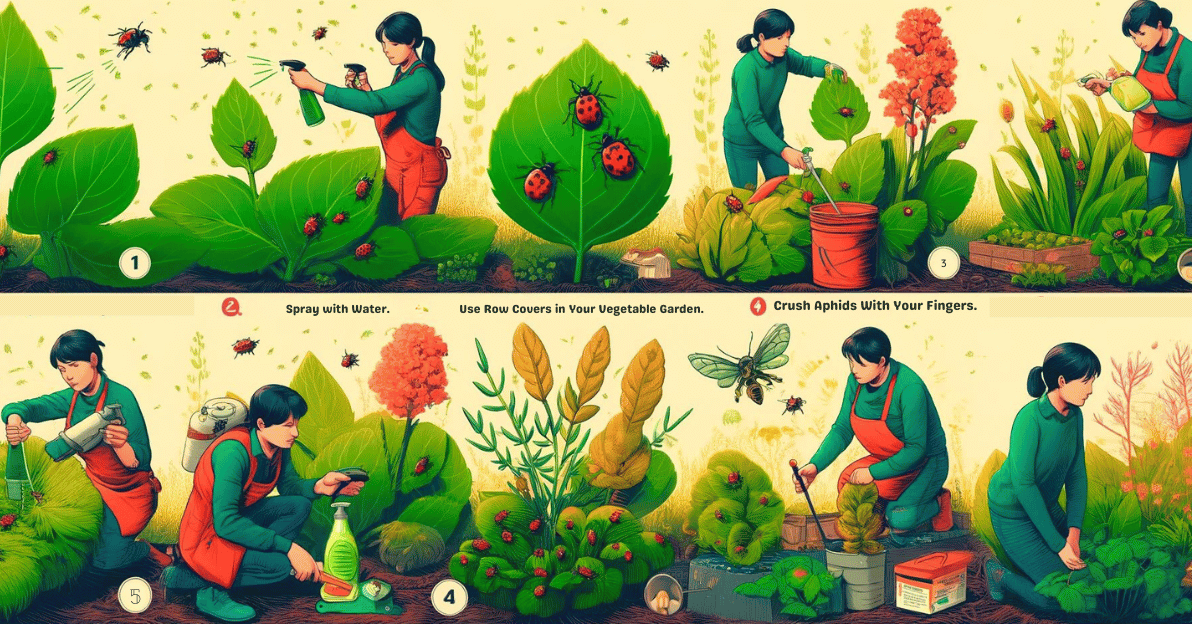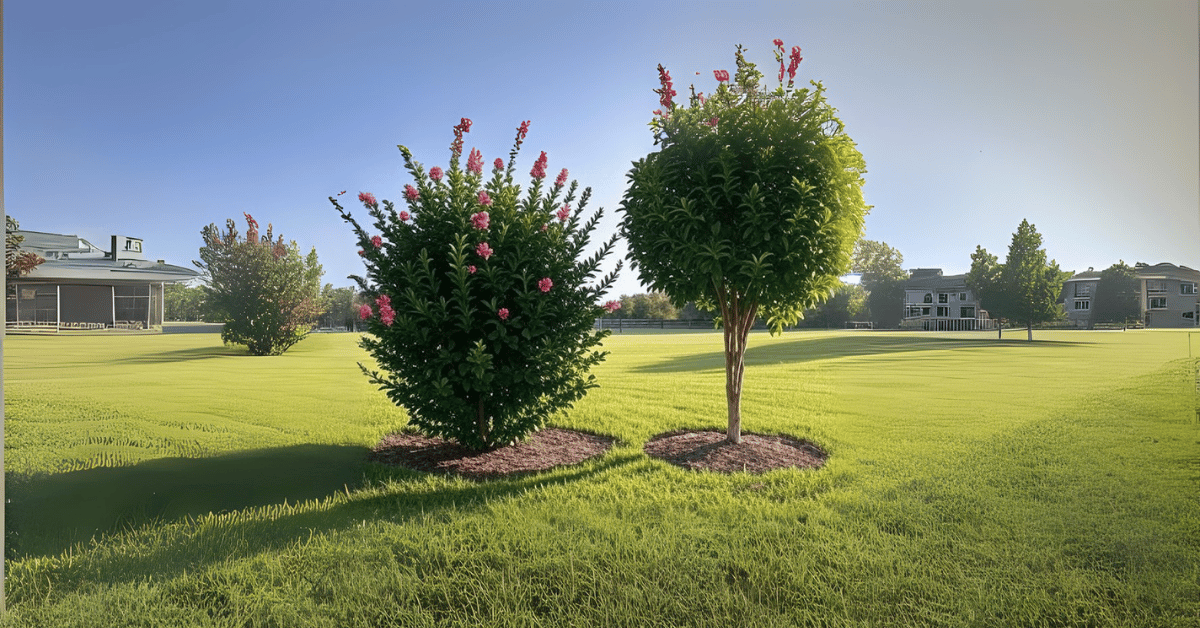Have you noticed a white, powdery film coating your beloved plants? This unwelcome visitor, known as powdery mildew, is a common fungal disease that can plague various plants, from flowers and vegetables to fruits and trees.
Don't panic! This guide will equip you with the knowledge and tools to combat this fuzzy foe and keep your garden flourishing.
The Powdery Mildew Life Cycle
Powdery mildew thrives in warm, humid conditions and spreads rapidly through spores that can be carried by wind, rain, and insects. These spores land on plant surfaces and, under favorable conditions, germinate and penetrate the plant's tissues. Once inside, the fungus feeds on the plant's nutrients, causing damage and impacting its health and growth.
Symptoms of Powdery Mildew
The telltale sign of powdery mildew is a white or grayish fine coating on leaves, stems, and flowers. Other symptoms include:
- Stunted growth: The fungus can hinder plant growth and development.
- Leaf distortion: Affected leaves may become curled, twisted, or misshapen.
- Yellowing and browning: Leaves may turn yellow or brown and die prematurely.
- Reduced fruit production: Powdery mildew can negatively affect fruit production and quality.
Which Plants Are Most Susceptible to Powdery Mildew?
While no plant is entirely immune, some are more susceptible to powdery mildew than others. Here are some commonly affected trees and shrubs:
- Roses: One of the most vulnerable plants, especially in humid environments.
- Lilacs: Powdery mildew can cause severe damage to lilac leaves.
- Crape myrtles: This flowering tree can easily powdery mildew, especially in warm, dry weather.
- Dogwoods: Powdery mildew can affect both flowering and dogwood trees.
- Hawthorns: Hawthorn leaves and flowers are susceptible to this fungal disease.
Treatment Options:
Now that we know our enemy let's explore our arsenal of weapons:
1. Cultural Practices:
- Improve Air Circulation: Thin out dense branches to promote air circulation and discourage fungal growth.
- Water Wisely: Avoid overwatering, as soggy soil creates an ideal environment for powdery mildew. Water deeply but less frequently, allowing the ground to dry slightly between waterings.
- Remove Infected Leaves and Debris: Carefully remove infected leaves and fallen debris around the tree's base to prevent further spread.
- Plant-Resistant Varieties: Opt for varieties resistant to powdery mildew when choosing new trees.
2. Organic Treatments:
- Neem Oil: This natural fungicide can effectively control powdery mildew. Mix neem oil with water and spray the affected areas of the tree thoroughly.
- Baking Soda: A readily available solution mixed with water, it can be used as a foliar spray to combat powdery mildew.
- Milk Spray: A surprising yet effective remedy, milk and water can be sprayed on infected leaves to inhibit fungal growth.
3. Chemical Fungicides:
While organic options are preferred, chemical fungicides might be necessary in severe cases. Always consult a certified arborist or local nursery before applying any chemical treatment. They can recommend the appropriate product and guide you on its safe and practical application.
4. Professional Help:
If the infestation is widespread or you're unsure how to proceed, don't hesitate to call in the professionals. Strobert Tree Services boasts a team of experienced and knowledgeable arborists equipped to handle any tree problem, including powdery mildew. We offer a range of services, including:
- Accurate Diagnosis: Our experts will identify the exact cause of the problem and recommend the most effective treatment.
- Treatment Application: We have the expertise and equipment to apply various treatment options safely and effectively, ensuring optimal results.
- Preventative Maintenance: We can develop a customized plan to prevent future outbreaks of powdery mildew and keep your trees healthy and thriving.
Early detection and prompt action are essential to successfully controlling powdery mildew. By implementing the appropriate treatment options and maintaining good tree care practices, you can safeguard your trees and keep them flourishing for years.
Strobert Tree Services: Your Partner in Tree Care:
At Strobert Tree Services, we understand the unique challenges each tree faces. When battling powdery mildew, we recommend consulting our certified arborists. We'll assess the severity of the infestation, recommend the most effective treatment options, and provide expert advice on long-term tree care.
Remember:
- Early detection and prompt treatment are crucial for successful control of powdery mildew.
- Combine cultural practices like pruning and watering with organic or chemical treatments for optimal results.
- Consult Strobert Tree Services for professional expertise and personalized solutions to safeguard your trees.
By joining forces with Strobert Tree Services, you can effectively combat powdery mildew and ensure your trees continue flourishing for years. Don't let this white menace steal the joy of your beautiful trees. Contact Strobert Tree Services today and experience the difference!











